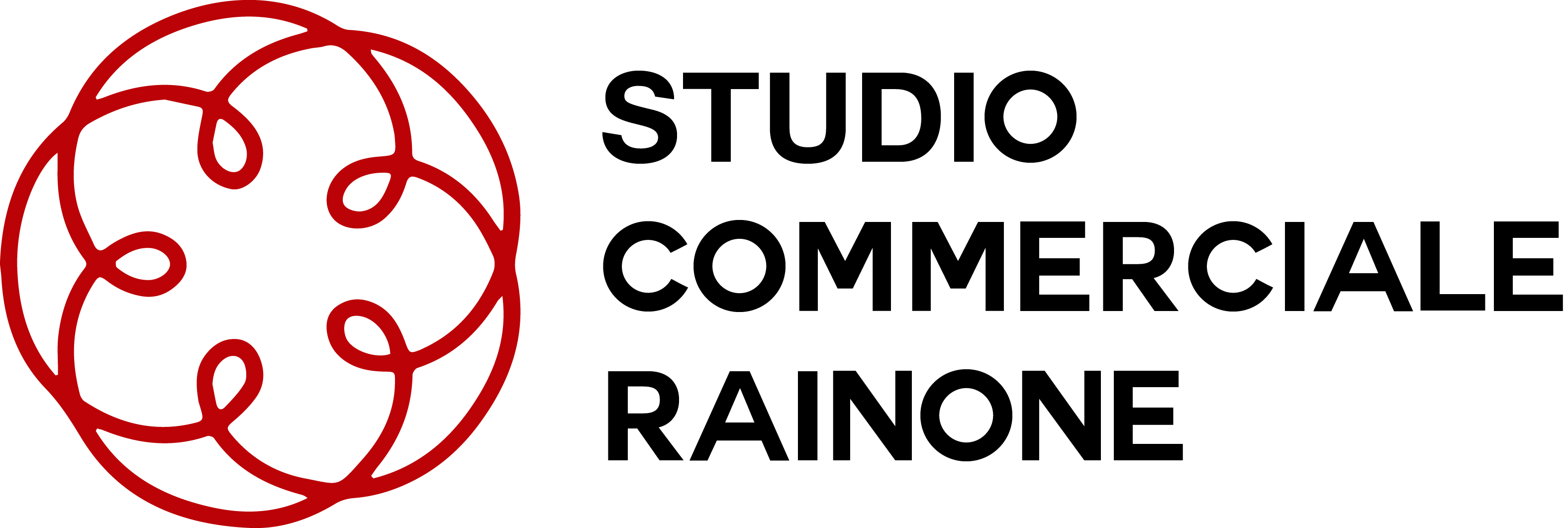PayPal takes on Afterpay with a€?pay in 4a€™ choice
- 10 febbraio 2022
- Vincenzo Rainone
- payday loans advance
- 0 Comments
It is a well known method to search for many youthful Aussies, but a controversial an element of the sector which will cost you individuals millions has been slash by another member.
Technique to track down least expensive gas cost
PayPal has introduced a purchase today, pay after selection for its nine million Aussie clientele, but has ditched one of the market’s most controversial strategies.
The usa payment icon was muscling in on Australian team AfterPay’s area, which at this time provides a 73 per-cent show of the markets.
PayPal’s latest option called a€?Pay in 4′, is precisely the same business design as Afterpay a€“ permitting men and women to make four interest-free repayments a€“ however it don’t charge later part of the charge.
Afterpay made $70 million in late charges in 2020, while credit score rating Suisse has actually expected the firm will build about $107 million this present year through the charges.
From inside the 2018-19 economic seasons, overlooked repayment charge income for several buy now, spend afterwards service providers totalled over $43 million, a report from Australian Securities and opportunities payment (ASIC) launched a year ago found.
The organization regulator keeps criticised purchase today, pay later on suppliers such Afterpay, Zip and Humm for charging excessive late or other charge.
It discovered one in five buy now, spend afterwards people tend to be missing out on repayments, utilizing the young generation specifically affected as half of people elderly between 18 to 29 reduce essential items to create repayments.
Its report in addition unveiled more than 1.1 million transactions in 2019 sustained various missed payment charges and informed that 15 percent of customers, and half of that have been under 29, have taken out one more mortgage to fund the support.
Previous analysis accredited by PayPal unearthed that 96 per-cent of on line consumers in Australia are aware of purchase today, spend later on, but 55 per cent haven’t tried it.
Sydney mans explosive Macca’s meltdown
Late charges tend to be a vital basis for steering clear of it, in line with the research, with 50 per-cent of Aussie online buyers claiming they’d maybe not incorporate a buy today, pay later service with a€?high belated feesa€?.
Andrew Toon, common manager of costs at PayPal Australia, mentioned it absolutely was opening no belated charges in Australia because a€?it’s the right action to takea€?.
a€?we’re supporting the potency of our techniques to find out consumer suitability for PayPal a€?Pay in 4′ therefore we believe we do have the proper steps in position to guide our no belated costs approach,a€? the guy said.
a€?Our business model cannot depend on belated cost earnings therefore we believe that a lot of people just who skip a fees achieve this in error, perhaps not concept.a€?
How many buy now, spend later transactions around australia enhanced from 16.8 million for the 2017-18 financial season to 32 million during the monetary seasons 2018-19, symbolizing a growth of 90 per cent, ASIC’s report located.
Afterpay has actually a tiered program based on exactly how much was invested, slugging clients ten dollars plus $7 much more if a free account are unpaid for a week, with folks locked out of the solution until their account was paid is perfectly payday loans online Lindale up to big date.
Afterpay’s later part of the charge, that it argues are needed to remind fees from consumers, were capped at $10 for purchases under $40, while the lower of 25 per cent from the purchase advantages and $68 for expenditures over $40.
Another popular company, Zip wages, expense $5 for an account that is 21 period delinquent and a continuous cost of $6 should there be an outstanding stability.
Different service providers instance Humm cost a $6 later part of the charge, plus $8 monthly as a continuous cost, while Commonwealth financial had service Klarna charges between $3 and $15, based simply how much has been invested, basically capped at a maximum of between $9 and $45.

